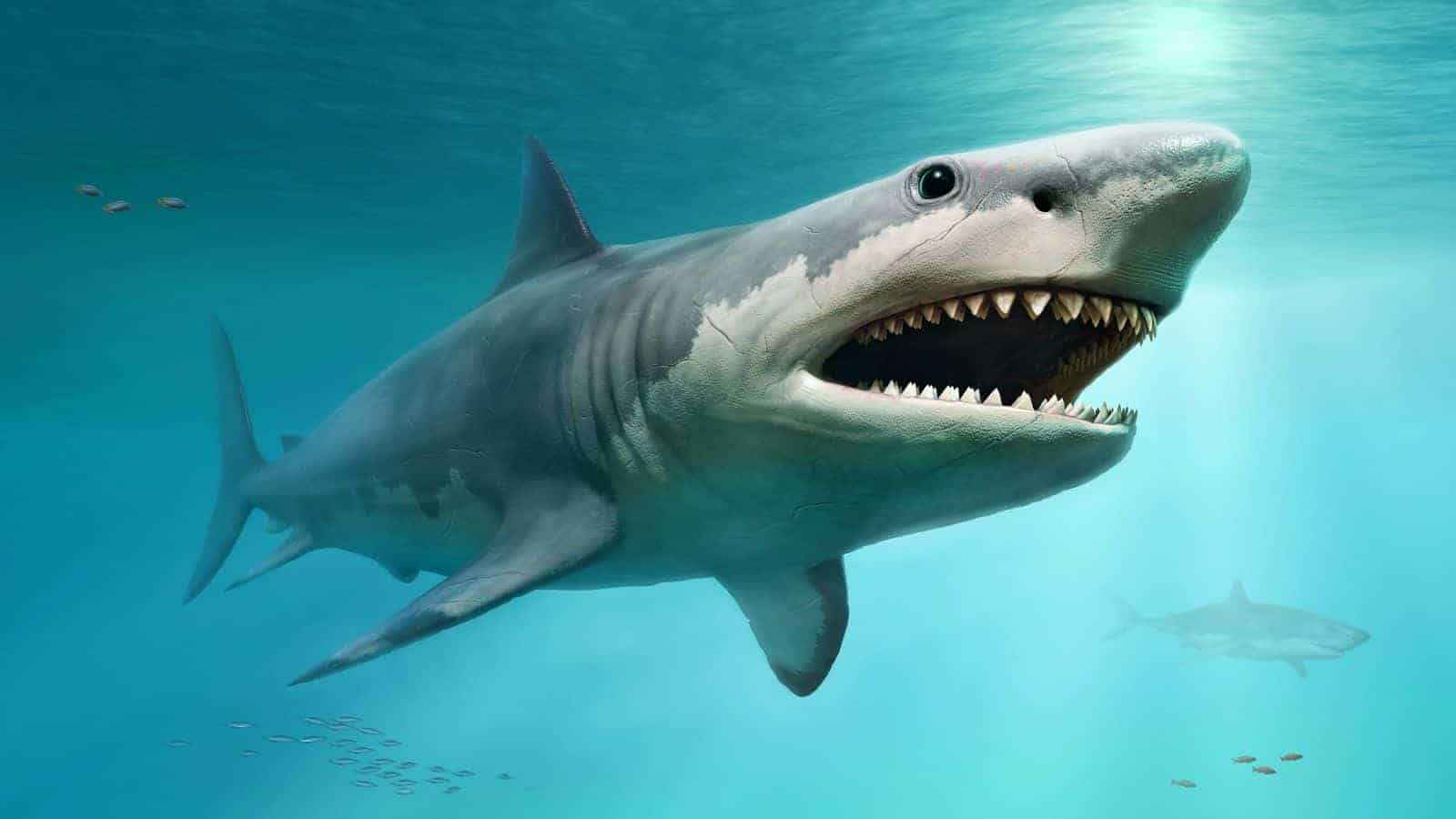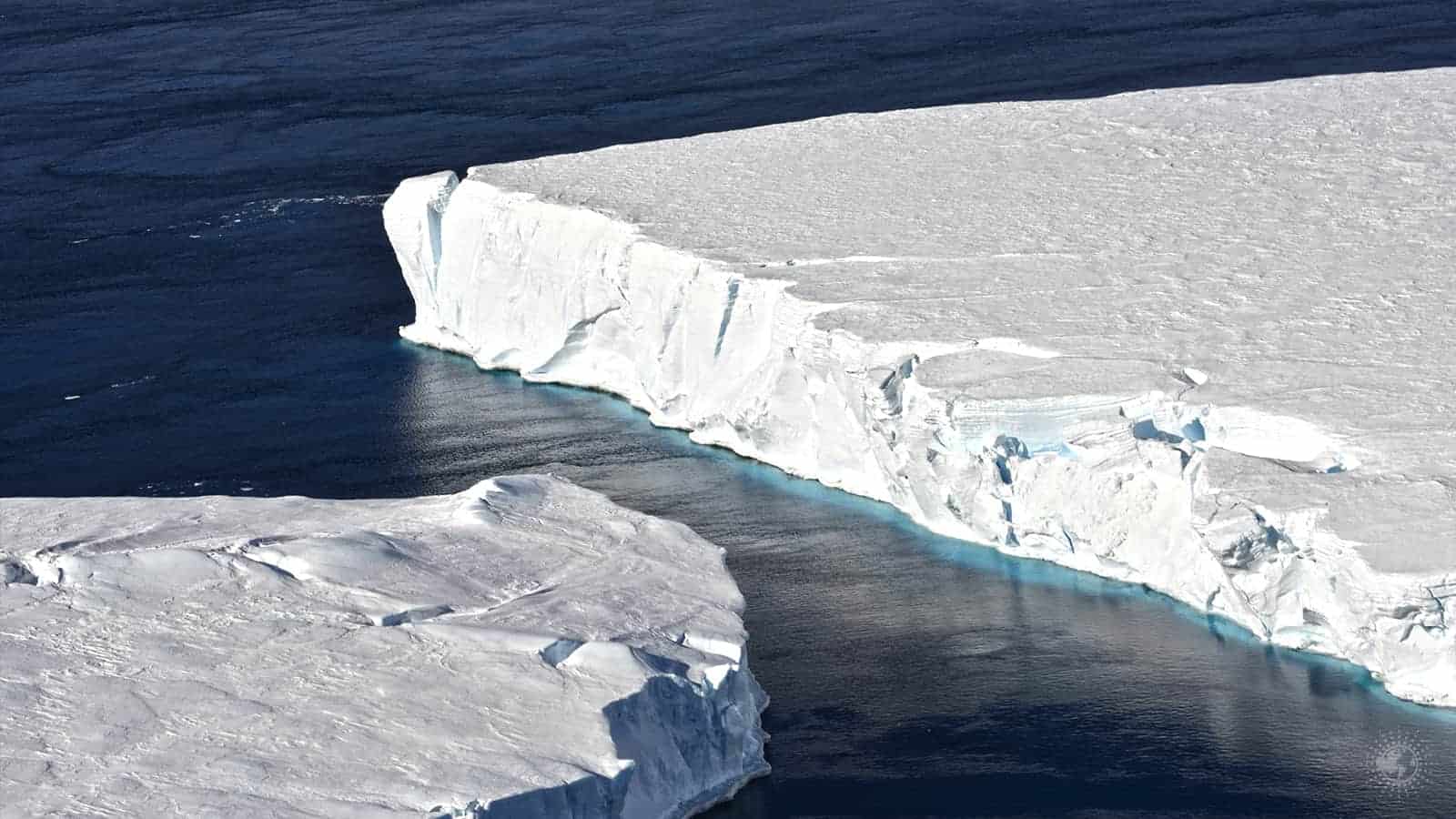Sharks, like the one encountered by Jimmy John Shark, have served as a source of fascination for humans throughout history, perhaps due to their size, strength, and menacing beauty. We make movies about them (i.e., Jaws) and even have a whole week dedicated to them on the Discovery Channel. Scientists and researchers go to great and sometimes dangerous lengths to study their behavior in the wild. Despite their capacity to seriously hurt or even kill us, our fascination with them continues to draw us in.
Increase in sharks attacking humans
While shark attacks are relatively rare, scientists have noticed an uptick in unprovoked shark bites in recent years. According to research, both the eastern U.S. and southern Australia have seen shark attack rates almost double in the last two decades. Hawaii has also seen a massive increase in unprovoked shark attacks. Some scientists believe that more people are enjoying the water in these areas. Also, they think the increasing seal populations have a lot to do with it.
Fur seals, found in increasing numbers along the coasts of southern Australia and the eastern U.S., are a favorite of great white sharks. Because of the rising fur seal populations, great whites have flocked to these areas during the summer months for an easy meal. However, scientists have found no evidence that sharks have started hunting humans directly. We just happen to occupy the same waters that sharks use to hunt their prey.
Blake Chapman, a marine biologist, believes that the uptick in unprovoked shark attacks may be attributed to the following reasons:
- rising human populations along coastlines
- destruction of sharks’ habitat
- changes in water quality
- climate change
- shifts in prey distribution
- abnormal weather patterns
While sharks attacks have grown globally, the risk of a shark bite still remains very low. In 2018, for example, the U.S. had 0.08 shark attacks per million, and Australia saw 0.8 attacks per million.
 Hunting styles and behaviors of sharks most commonly involved in attacks
Hunting styles and behaviors of sharks most commonly involved in attacks
The majority of unprovoked shark attacks involve three types of sharks: the great white, tiger, and bull sharks. All three of these sharks have different hunting strategies and behaviors, which makes studying shark attacks difficult for scientists. Bull sharks have been observed mostly in murky, shallow waters, where they use electroreception for hunting prey. This natural ability allows them to detect small electrical fields emitted by other creatures.
Great whites also have this ability and have been known to react to just one-millionth of a volt of electricity. However, great whites tend to hunt in clearer water where they use their vision more. They have better eyesight than bull sharks and usually attack from below. Bull sharks rely more on their sense of smell due to hunting in waters with reduced visibility.
Tiger sharks also like to hunt in shallow, dark waters and tend to feed mostly at night. They pose a threat to humans because they have teeth that shear rather than hold prey. One of the deadliest and most capable hunters in the ocean, tiger sharks average anywhere from 10 to 16 feet long. Because of their hefty size and jaw strength, they can easily overpower humans in the water.
Great whites can measure up to 20 feet long, and bull sharks usually grow from 7-11 feet. While these three types of sharks have a formidable presence in the ocean, nothing compares to the great Megalodon of the past.
Prehistoric Megalodon over 2x Larger than Modern Species
A new study led by a researcher team from the University of Bristol and Swansea University revealed the actual size of the massive Megalodon. Before this study, scientists had only estimated the length of the prehistoric creature. However, they now have estimates on the size of the rest of its body, including fins that equate in size to an adult human. The Megalodon’s teeth also measure larger than a human hand.
Although they only have teeth to go off of, scientists have used several mathematical formulas to estimate the size of the Megalodon. Jack Cooper, who just completed an MSc in Palaeobiology at the University of Bristol, led the study along with colleagues from Bristol and Swansea. They made close comparisons to other sharks with ecological and physiological similarities to the monstrous Megalodon to estimate proportions.
Marine expert Dr. Catalina Pimiento from Swansea University and Professor Mike Benton, a paleontologist at Bristol, supervised the study. Dr. Humberto Ferrón of Bristol collaborated on the study as well.
Published in the journal Scientific Reports, the research team estimates that a 52-foot-long Megalodon had a head around 15 feet long, a dorsal fin about 5 feet tall, and a tail about 15 feet high. So, this makes it over twice the length of the Great White, and much larger overall. It had a bite force of more than ten tonnes, while the Great White bites with a force of just two tonnes.
Facts about the monster megalodon
This monstrous shark lived from 23 to around three million years ago, and its name literally means “giant tooth.” It’s the largest fish ever recorded to date, with some sharks being measured at 58 ft long. Scientists believe the Megalodon ate around 2,500 pounds of food per day. The most massive Megalodon tooth was 6.9 inches long, which is three times longer than the average Great White tooth.
Fossils from the prehistoric shark have been found off the coast of every continent except Antarctica. Between 2007 and 2009, scientists collected many juvenile megalodon teeth in the waters off of Panama. They believe that this area may have been a nursery for the sharks. It had an average mouth width of 10 feet, and scientists believe it rivaled all other creatures in terms of bite force.
Jack Cooper said: “I have always been mad about sharks. As an undergraduate, I have worked and dived with Great whites in South Africa — protected by a steel cage, of course. It’s that sense of danger, but also that sharks are such beautiful and well-adapted animals, that makes them so attractive to study.
“Megalodon was actually the very animal that inspired me to pursue palaeontology in the first place at just six years old, so I was over the moon to get a chance to study it. This was my dream project. But to study the whole animal is difficult considering that all we really have are lots of isolated teeth.”
Previously the Megalodon had only been compared to the Great White in terms of size and proportions. However, Jack and his colleagues expanded this research to include five modern sharks for the first time.
Dr. Pimiento said: “Megalodon is not a direct ancestor of the Great White but is equally related to other macro predatory sharks such as the Makos, Salmon shark, and Porbeagle shark, as well as the Great White. We pooled detailed measurements of all five to make predictions about Megalodon.”
Professor Benton added: “Before we could do anything, we had to test whether these five modern sharks changed proportions as they grew up. If, for example, they had been like humans, where babies have big heads and short legs, we would have had some difficulties in projecting the adult proportions for such a vast extinct shark.
“But we were surprised, and relieved, to discover that in fact that the babies of all these modern predatory sharks start out as little adults, and they don’t change in proportion as they get larger.”
Jack Cooper said: “This means we could simply take the growth curves of the five modern forms and project the overall shape as they get larger and larger — right up to a body length of 16 metres.”
Because of this research, scientists believe an adult human could stand on the back of this shark and match the height of its dorsal fin. It’s almost unfathomable to picture creatures this large ever existing. At least humans don’t have to contend with them along with the other sharks today!
These estimates about the size of Megalodon mark a crucial step in the understanding of the fossil shark. Also, it helps scientists in knowing what may have contributed to its extinction.
 Final thoughts on the Megalodon being over 2x the size of modern sharks
Final thoughts on the Megalodon being over 2x the size of modern sharks
This groundbreaking study reveals the correct proportions of the Megalodon beyond just its length. A human standing on the back of this creature would’ve looked like an ant in comparison. We should all count among our blessings that we do not have to share the oceans with them any longer! All jokes aside, the Megalodon showcases the wonders and complexities of evolution and the humbling beauty of these ancient predators.
Scientists estimated that the length of them based on tooth fossils, but their other proportions remained a mystery. Now, however, researchers have estimated the measurements of the head, dorsal fin, and tail of a 52-foot-long Megalodon. The reconstruction of its body parts based on comparisons of other sharks allows for further understanding of the ancient creature. Perhaps these methods can be used on other once-giant animals as well.























